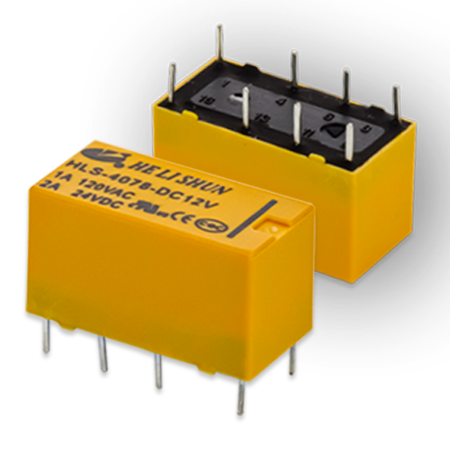Automotive relays are used to switch between different circuits within a vehicle. They are electrical switches which consist of an electromagnet and contacts. These relays are primarily driven by batteries. The application of automotive relays is gaining popularity as vehicles are being upgraded with improved comfort, safety and technology features.There are a number of different types of automotive relays. For example, relays with two pins are called plug-in relays. Relays with five or more pins are called PCB relays. Depending on the design of the relay, there may be more or fewer contacts.

Automotive relays can be wired either normally open or normally closed. Some auto relays can be connected to the in-built electronics of a vehicle, such as a headlight or a buzzer. It is also possible to connect outputs from sensors to the in-built electronics.There are many applications for an automotive relay. They are commonly used for wiring a car's electrical circuits, such as a starter motor, or to upgrade halogen headlights in an older vehicle.
Automotive relays have a high switching load power. This allows them to perform with lower currents than an equivalent mechanical switch. Additionally, the output of an automotive relay changes when the input reaches a certain value.Automotive relays are made in production that complies with quality assurance systems. Automotive OEMs follow different standards for coil voltage and switching current.While automotive relays are expected to continue growing in the future, the lack of standardization can hamper the market's growth. In order to meet the diverse requirements of a variety of users, different relays can have either more or fewer contacts.




 English
English 中文简体
中文简体















